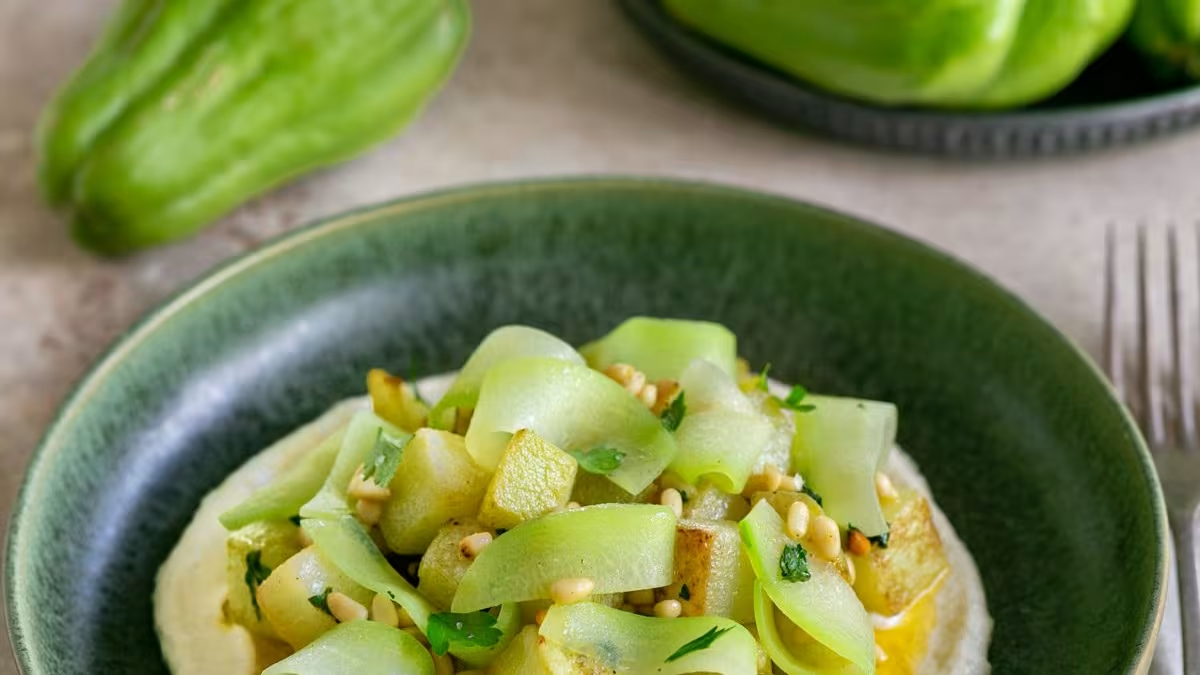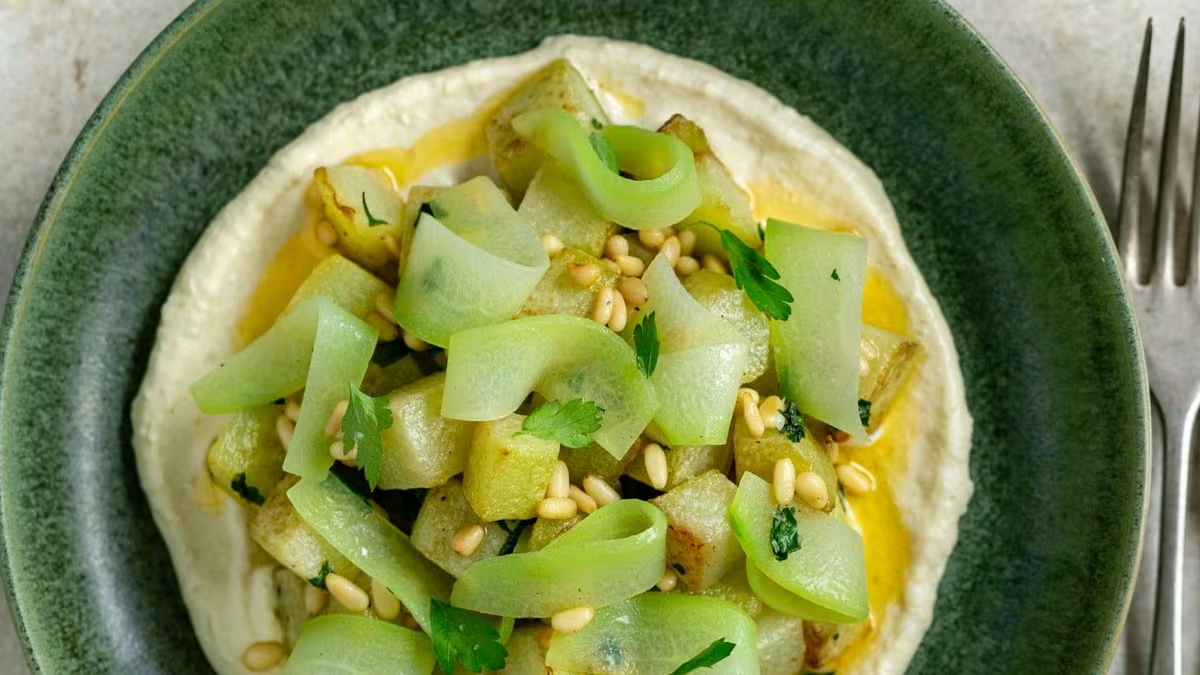
Delicious Choko Recipes: Explore Unique Ways to Cook with Chayote!
Written by Jessica Lopez
Published at 10-02-2024
Edited on 04/03/2025 | 10:44 AM
Vegetarian RecipesCourse: Main Course
Cuisine: Australian
Difficulty: Easy
Servings
4 servings
Prep Time
15 minutes
Cooking Time
30 minutes
Total Time
45 minutes
Fat
7g
Protein
3g
Carbs
15g
Calories
120 kcal
If you're looking to elevate your culinary skills and add a unique twist to your meals, choko recipes are the perfect solution! Choko, also known as chayote, is a versatile green vegetable that’s not only nutritious but also an excellent addition to various dishes. Native to Central America, this pear-shaped gem is packed with vitamins and minerals, making it a healthy choice for any meal. Whether you are a seasoned chef or a cooking novice, choko offers endless possibilities for delicious recipes that will delight your family and friends. One of the most appealing aspects of choko is its mild flavor, which allows it to blend seamlessly with a variety of ingredients.
You can sauté, steam, bake, or even enjoy it raw in salads. From hearty casseroles to refreshing salads, choko can take center stage or play a supporting role in your favorite dishes. Plus, its crisp texture adds a delightful crunch, making meals more enjoyable. In this blog, we’ll explore some fantastic choko recipes that will inspire you to think outside the box.
You’ll discover how to prepare choko in both traditional and innovative ways, ensuring that you never run out of ideas in the kitchen. Whether you’re looking for a quick side dish or a main course, our collection of choko recipes will help you create meals that are not only tasty but also visually appealing. So, roll up your sleeves and get ready to cook with choko! Your taste buds will thank you for this exciting culinary adventure. Let’s dive into the world of choko recipes and discover the delicious possibilities waiting for you!.


